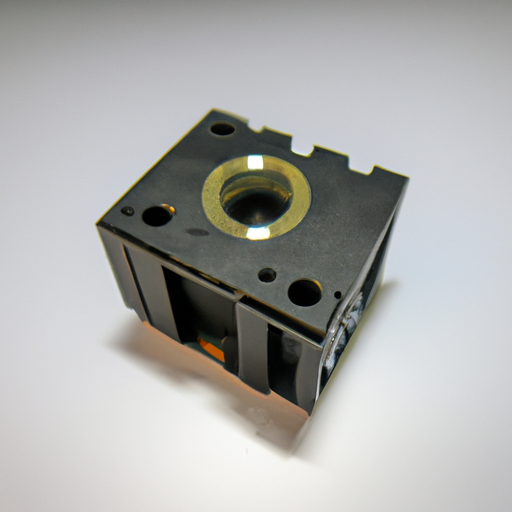Title: Exploring the Purchasing Models for the Latest Bridge Driver Device Components

1. Traditional Distribution Model (200 words) The traditional distribution model has been the go-to purchasing method for electronic components for many years. In this model, manufacturers produce bridge driver components and sell them to distributors, who then sell them to end customers. This model offers several advantages, such as a wide range of product options, established supply chains, and reliable customer support. Distributors often maintain large inventories, ensuring quick availability of components.
However, the traditional distribution model also has its drawbacks. The involvement of intermediaries increases the overall cost of components, making them more expensive for end customers. Additionally, the distribution process can be time-consuming, leading to longer lead times. Despite these limitations, the traditional distribution model remains popular due to its convenience and established networks.
2. Direct Manufacturer Sales (200 words) With the rise of e-commerce and globalization, many manufacturers have started selling their bridge driver components directly to end customers. This direct sales model eliminates the need for intermediaries, allowing manufacturers to offer competitive pricing and maintain better control over the supply chain. By cutting out distributors, manufacturers can also provide more personalized customer support and build stronger relationships with their clients.
Direct manufacturer sales can significantly reduce lead times, as components are shipped directly from the manufacturer's facility. Moreover, manufacturers often offer customization options, allowing customers to tailor the components to their specific requirements. However, this model may have limitations in terms of product variety, as manufacturers may focus on their own product lines rather than offering a wide range of options.
3. Online Marketplaces (200 words) The advent of online marketplaces has revolutionized the way electronic components are purchased. These platforms connect buyers and sellers from around the world, offering a vast selection of bridge driver components. Online marketplaces provide a convenient and efficient way to compare prices, read customer reviews, and access a global network of suppliers.
One of the key advantages of online marketplaces is the ability to source components from multiple suppliers, ensuring competitive pricing and availability. These platforms also offer secure payment options and buyer protection policies, enhancing the overall purchasing experience. However, challenges such as counterfeit components and unreliable sellers exist in online marketplaces, necessitating thorough research and due diligence before making a purchase.
4. Subscription-based Models (200 words) In recent years, subscription-based models have gained popularity in the electronics industry. These models allow customers to pay a recurring fee to access a range of bridge driver components. This approach offers flexibility and cost-effectiveness, particularly for customers who require components on a regular basis. Subscription-based models often include additional benefits such as priority shipping, technical support, and access to exclusive product releases.
However, subscription-based models may not be suitable for all customers, especially those with sporadic component requirements. Additionally, the range of available components may be limited compared to other purchasing models. Nevertheless, for customers with consistent component needs, subscription-based models can provide significant cost savings and convenience.
Conclusion (100 words) As the demand for bridge driver device components continues to grow, understanding the various purchasing models available is crucial. The traditional distribution model, direct manufacturer sales, online marketplaces, and subscription-based models each offer unique advantages and disadvantages. By considering factors such as cost, lead time, product variety, and customer support, buyers can make informed decisions when purchasing the latest bridge driver device components.